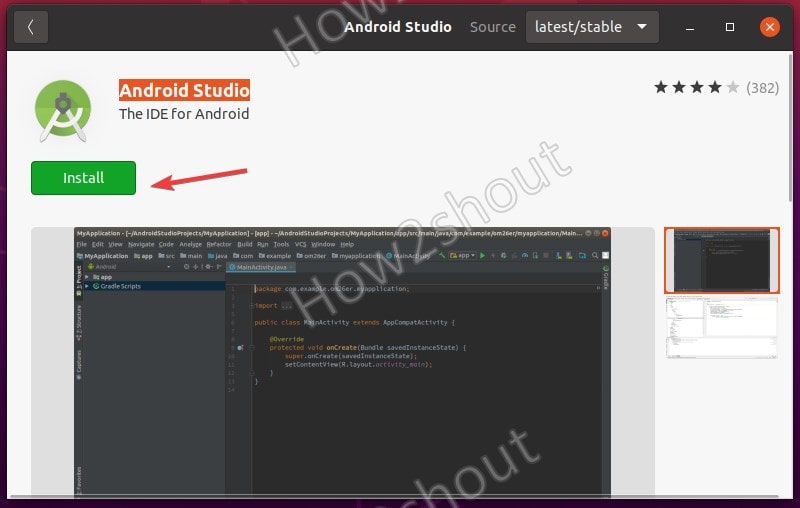

If you keep separated partitions (like for /home), you may do the same for /opt and /usr/local.


Allows you to remove your IDE without loosing the bunch of platform files already downloaded.Keeping the SDK installed at /opt is useful because: Thus it is required re-login into your window manager (or OS X) before proceed to the IDE install process. Unlike ~/.bash_profile and ~/.bashrc, that are loaded every time a new terminal is opened, /etc/profile and ~/.profile are loaded once you login into your system. Mac OS X does not export by default files at /etc/profile.d, requiring this code at /etc/profile: if then # Please read the cleaner approach at the following details section.Įxport ANDROID_NDK_HOME=$īy default, Ubuntu already iterates over /etc/profile.d, exporting all shell defined at the *.sh files, consequently we may keep the configurations semantically organized: /etc/profile.d/ # Directly modify /etc/profile is not recommended. Once finished, the quick-dirty approach is adding this to /etc/profile: #!/usr/bin/env bash Don't forget to add write permissions to admin users, otherwise any AS and SDK updates will required sudo permission. Linux users should install the IDE at /opt/android-studio and create a symlink from bin/studio.sh to /usr/local/bin/studio (see the details section of how to create app launcher icon).ĭuring the IDE install process, change the SDK location to /opt/google/android, allowing all users to have access to it. Mac OS X already installs AS at /Applications folder by default.


 0 kommentar(er)
0 kommentar(er)
